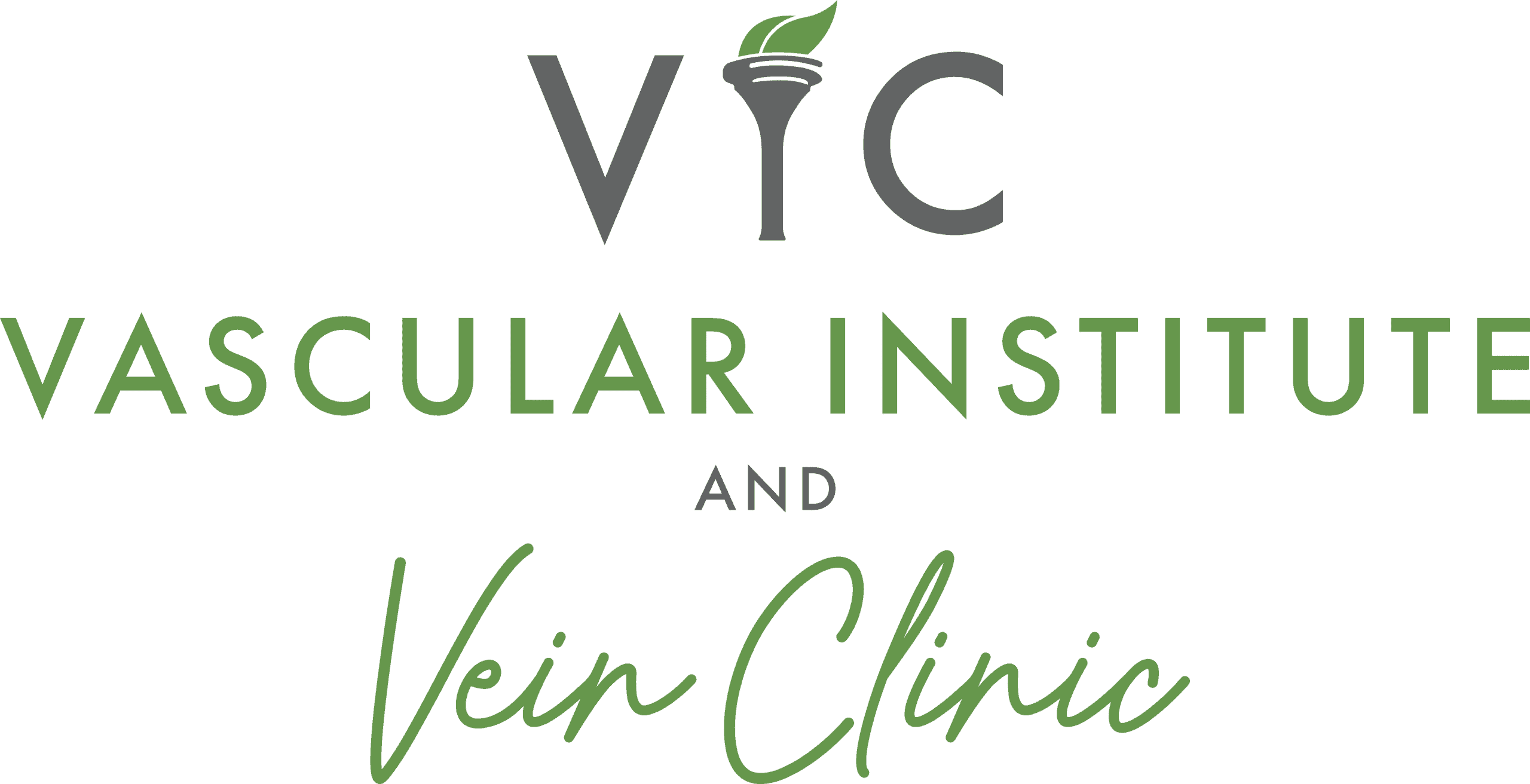|
|
Have you ever heard of TCAR? It stands for Transcarotid Artery Revascularization and is a minimally invasive surgical procedure used to treat carotid artery disease, which, if left untreated, can lead to stroke. In this blog post, we will dive into what TCAR is, when it is used, the main causes, who is at risk, and the treatment options. We will also explore lifestyle changes that can minimize the risk of this potentially life-threatening condition. So if you or someone you know has been diagnosed with carotid artery disease, keep reading to learn more about TCAR.
What is TCAR?
Transcarotid Artery Revascularization, or TCAR, is a minimally invasive surgical procedure used to treat carotid artery disease. During the procedure, your surgeon will access your carotid artery through a small incision in your neck and insert a soft, thin tube called a sheath. Blood flow will then be directed through the sheath to a machine that will filter out any plaque or debris in your blood. The filtered blood will then be returned to your body through a separate tube inserted into a vein in your groin. TCAR is an effective treatment for carotid artery disease because it allows the surgeon to minimize the risk of a stroke while reducing the likelihood of complications like bleeding.
When is TCAR used?
TCAR is used to treat carotid artery disease, caused by plaque buildup in the arteries that supply blood to your brain. This condition can be dangerous because it increases your stroke risk. TCAR is typically used when the plaque in the carotid artery is causing a significant narrowing of the artery, putting you at risk of a stroke. TCAR can be used instead of other surgical treatments because it is considered a less invasive therapy with a low risk of complications.
What are the main causes of carotid artery disease?
The main causes of carotid artery disease are high blood pressure, high cholesterol, smoking, and diabetes. These risk factors all contribute to the buildup of plaque in your arteries, which can cause a narrowing of the artery and prevent blood from flowing to your brain. Other risk factors include a family history of heart disease, being overweight, and not getting enough exercise.
Are there lifestyle changes that can minimize the risk of carotid artery disease?
Yes! Making lifestyle changes can significantly minimize the risk of carotid artery disease. A healthy diet low in saturated fat and high in fruits and vegetables can help reduce cholesterol levels. Exercising regularly can also be beneficial, as it can help you maintain a healthy weight and lower your blood pressure. Quitting smoking and managing diabetes are also important steps that you can take to reduce your risk.
What are the treatment options for carotid artery disease?
Several treatment options for carotid artery disease include medication, surgery, and TCAR. Medications like statins can help to lower cholesterol levels and reduce the risk of stroke. Surgery, such as carotid endarterectomy, involves removing the plaque from the artery. TCAR is a minimally invasive alternative to surgery that can be effective for many patients.







